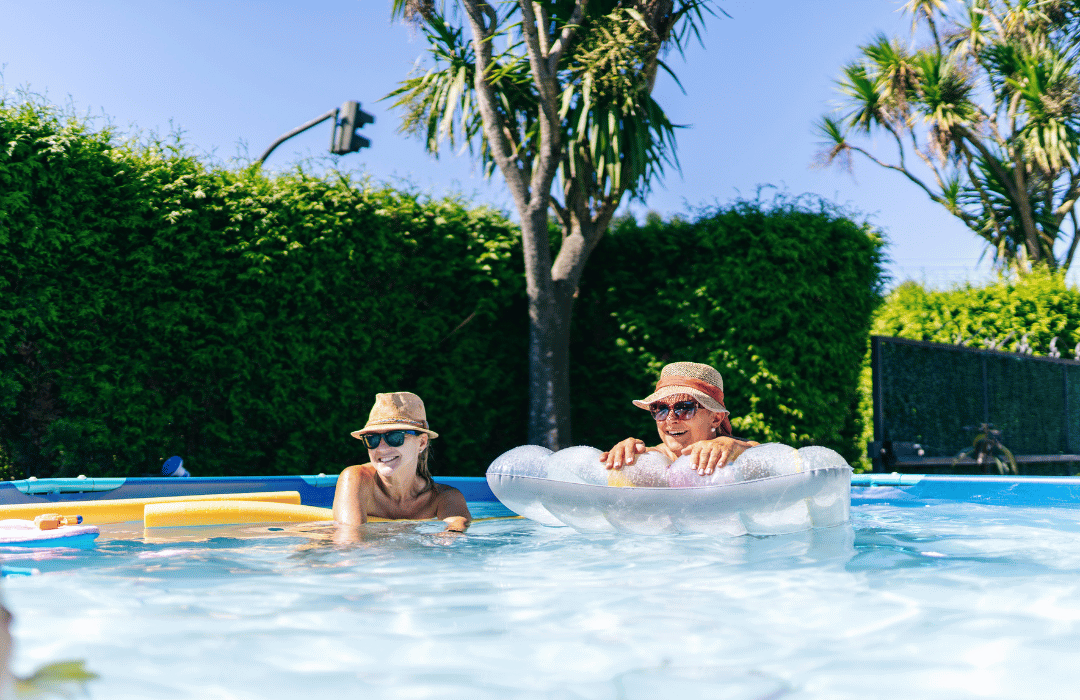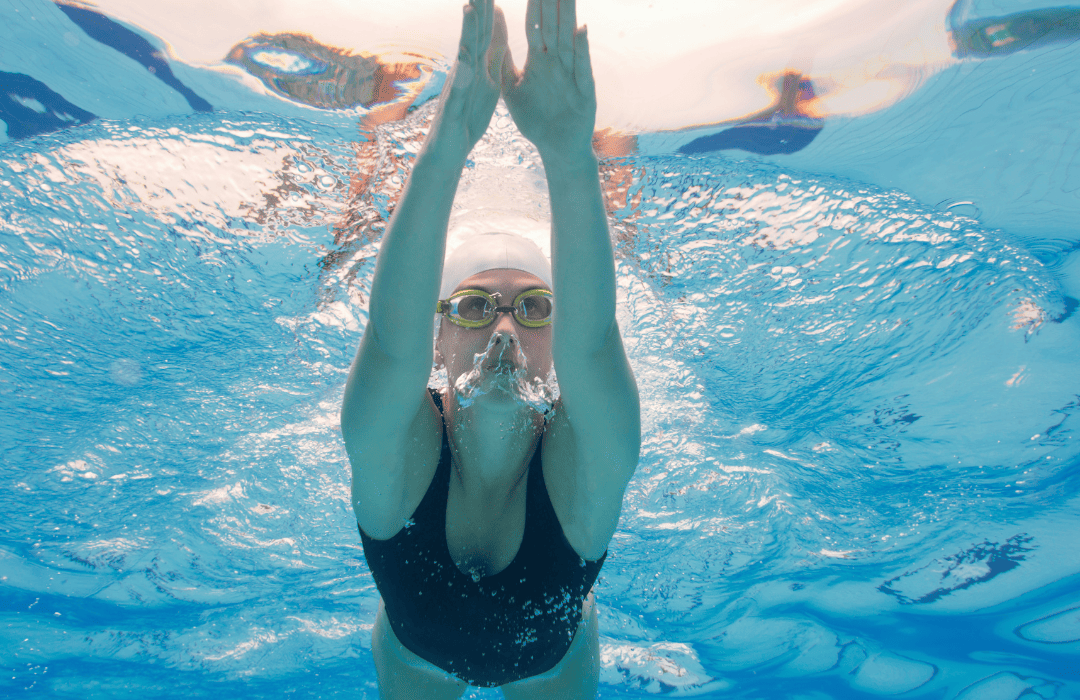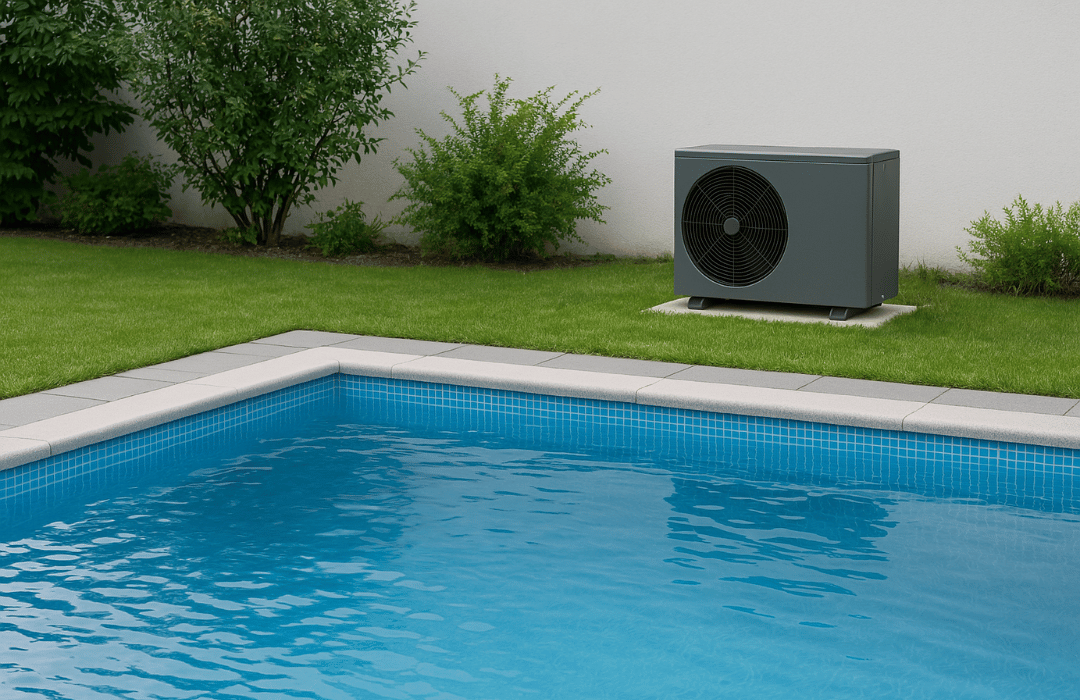A private swimming pool is not just a place for relaxation but also a full-fledged space for sporting activities.
The legendary Michael Phelps, a record holder in Olympic medals, often emphasized: “Swimming is the perfect balance between physical effort and recovery. The pool is my place of power”. Another outstanding swimmer, John Naber, also remarked: “Swimming opens new horizons for the body and mind, allowing you to reach true peaks”. These statements show that a swimming pool can be a place not only for relaxation but also for achieving ambitious goals.
With a swimming pool, you can train, improve your health, and maintain your fitness without the need to visit public gyms. In this article, we will explore the main benefits of water training, useful equipment, and how to set up your training space efficiently.
Water as a Safe Environment for Training
Training in a pool is suitable for people of all ages and fitness levels. Water sports are characterized by a low risk of injury, as water reduces the load on joints and the spine. It is the ideal environment for those recovering from injuries or dealing with chronic musculoskeletal issues. Moreover, swimming simultaneously enhances endurance, flexibility, and strength, making it a versatile form of physical activity.
Variety of Water Exercises
A swimming pool offers numerous opportunities for physical activity:
- Swimming — A classic form of exercise that strengthens the cardiovascular system and engages all muscle groups. You can choose various styles: freestyle for speed, breaststroke for calm yet effective sessions, or butterfly stroke for maximum intensity.
- Aqua Aerobics — Exercise in water with the use of special accessories like balls or dumbbells. It combines strength training with cardio workouts, making it ideal for people of all ages.
- Rehabilitation Exercises — Water provides a gentle environment for recovery after injuries. Such exercises are especially useful for those who need a gradual return to physical activity.
- Water Games — A great way to make workouts more fun. Family races with water balls or agility games bring joy and movement. For children, floating toys or simple races on swim boards are excellent options.
Equipment for Pool Training
To make training even more effective, consider using specialized equipment:
- Hand Equipment: Water dumbbells, swim boards, balls, and fins. These help target specific muscle groups and increase resistance.
- Counter-Current System: Creates an artificial water current, simulating swimming in rivers or seas. Ideal for smaller pools, providing an endless swimming lane.
- Fitness Accessories: Resistance bands and aqua fitness belts are excellent additions to your workout routine.
How to Set Up Your Training Space
Creating a pool space for sports does not require much effort. Here are a few tips:
- Place your equipment in a convenient location for easy access.
- Ensure the area around the pool is safe to prevent injuries.
- Provide adequate lighting, especially for evening training sessions.
- Consider installing water heating if you plan to use the pool year-round.
Training Schedule and Recommendations

Start with short sessions of 15–20 minutes two to three times a week. Gradually increase the duration and intensity of your workouts. Advanced athletes can incorporate combined exercises like swimming, aqua aerobics, and training with a counter-current system. If you are a beginner, consult a trainer to develop a personalized training plan.
Benefits of a Home Swimming Pool
A private pool offers not only convenience but also motivation. You can train at any time without crowds or waiting lines. Regular workouts strengthen your health, improve your mood, and reduce stress levels.
Moreover, a pool enhances family bonding. Shared activities with children or friends can become a wonderful tradition. Additionally, water is the perfect environment for relaxation after a stressful day.
Frequently Asked Questions About Pool Training
1. Do I need special equipment for pool training?
No, basic exercises like swimming or aqua aerobics can be done without additional devices. However, accessories like dumbbells or resistance bands can enhance effectiveness.
2. What is the ideal water temperature for training?
The optimal temperature for water activities is 26–28°C. It is comfortable and prevents overheating or overcooling.
3. How often should I train in a pool?
For beginners, two to three sessions per week are recommended. Advanced athletes can increase the frequency to four to five times per week.
Consistency combined with the right equipment makes your pool a true center for health and active relaxation. Start with small steps: set your goals, choose the necessary accessories, and gradually create a comfortable training environment. Invest in your sports space — and the results will soon follow!






 English
English Deutsch
Deutsch Polski
Polski
Comments